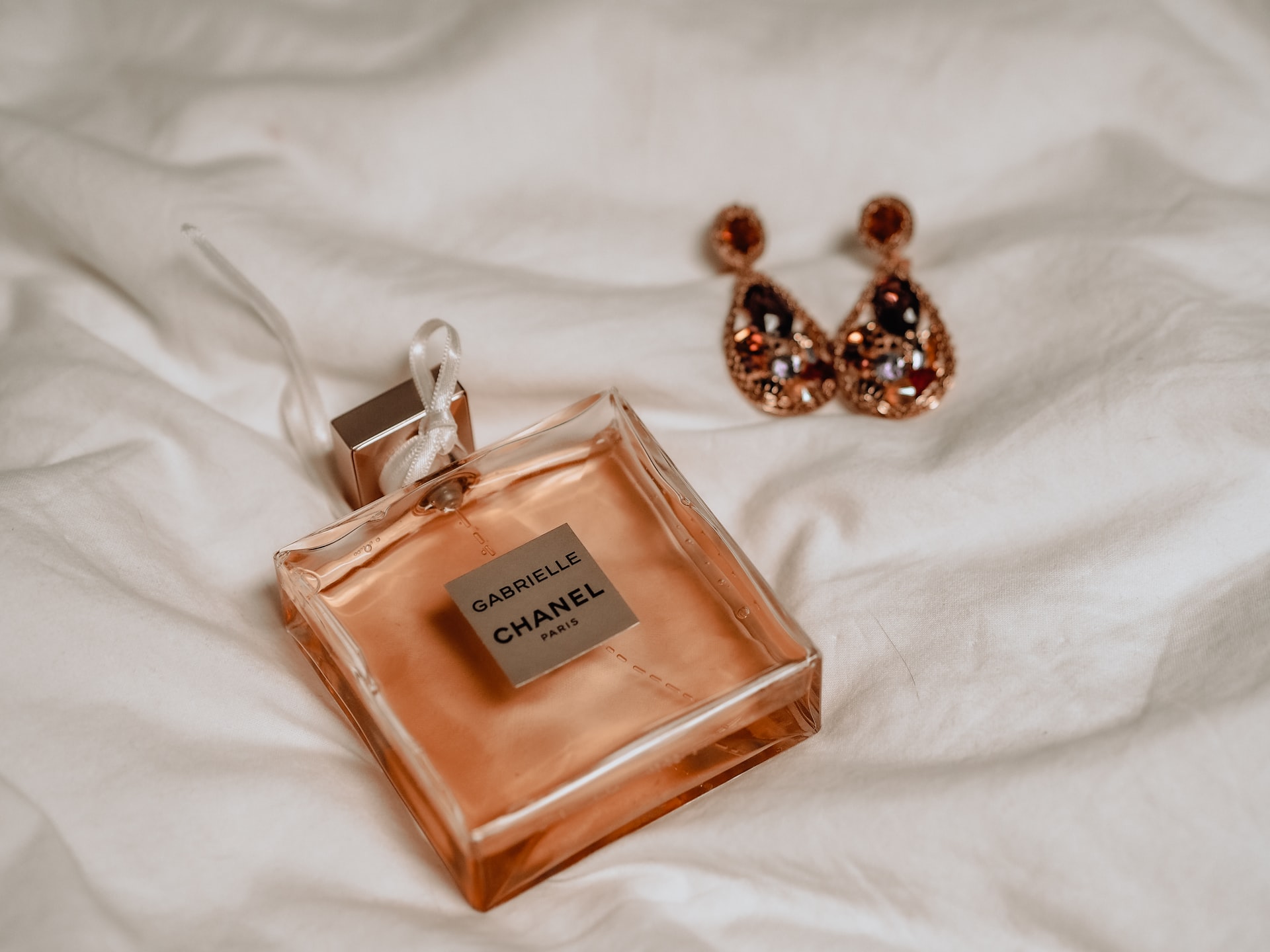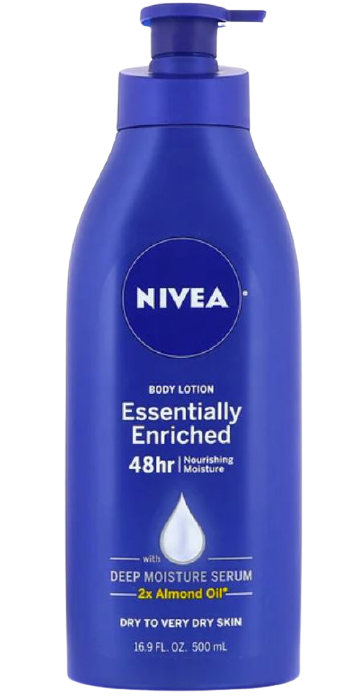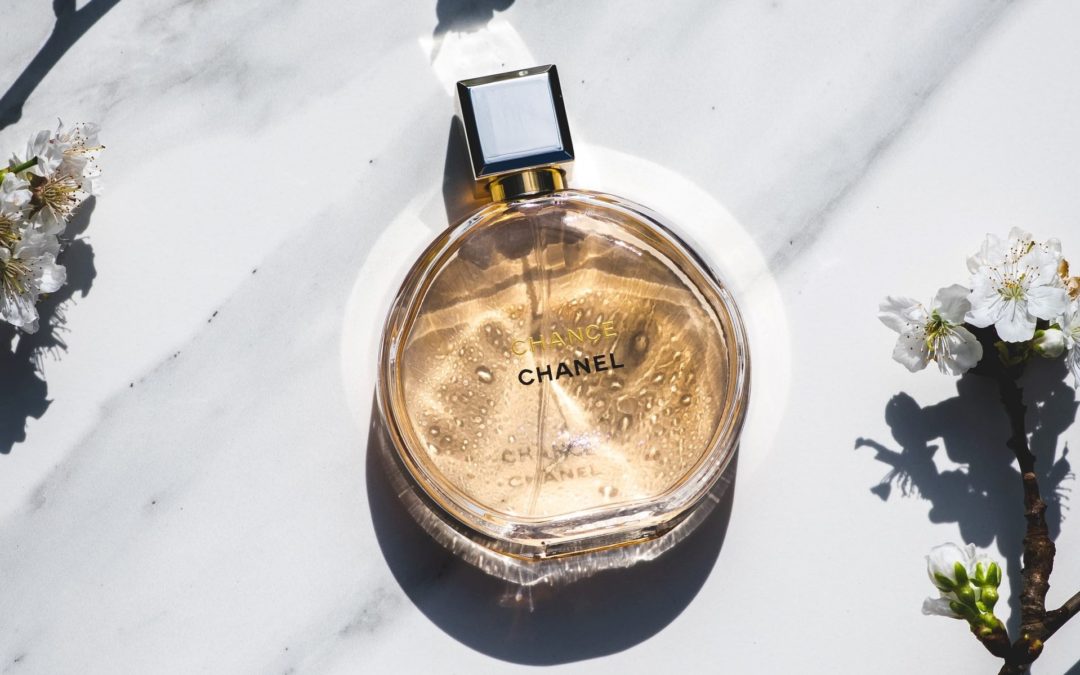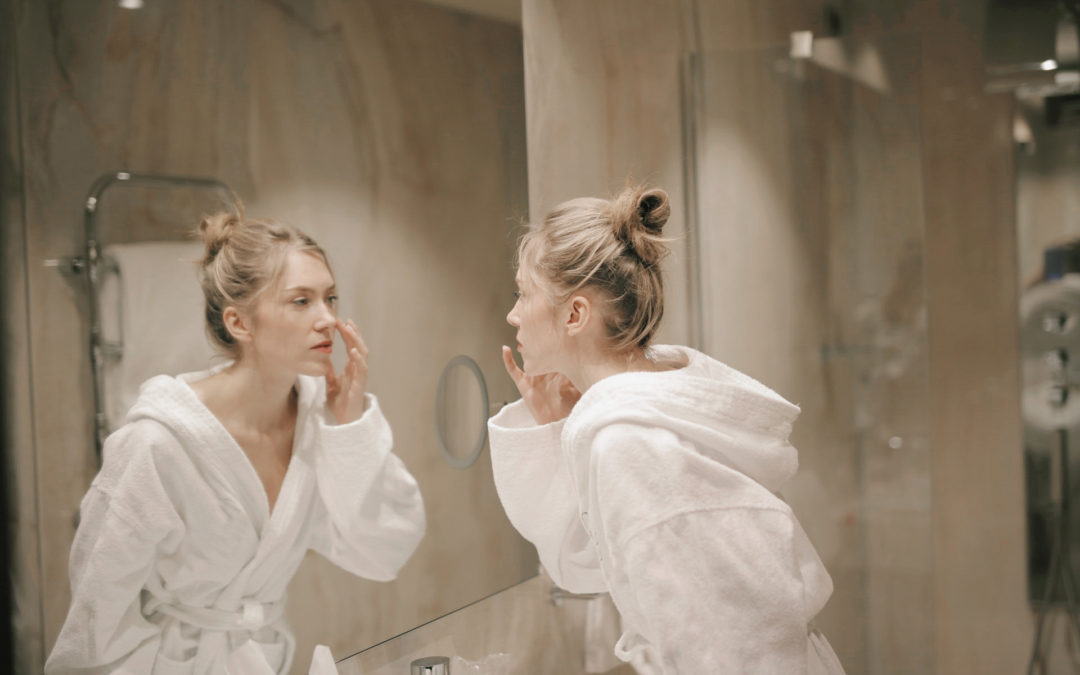Perfume is a mystery: a beautiful, small, luxurious, glass bottle that holds a magical liquid with the scent of fruits, flowers, leaves, and woods.
The beauty of perfume lies in the fact that the fragrant can be delicate and empowering, soft and seductive, fresh and feminine, and of course – elegant.
To me, perfume is a woman’s greatest accessory. I could wear the most fabulous dress, put on the most glorious heels, and display the most marvelous necklace, but without perfume I’d feel as if something were missing.
Perfume puts the finishing touch to elegance; it creates an invisible aura that follows you and lingers behind you; it is a slight detail that subtly allows you to share a little bit of your thoughts and character – silently, without words.
“No elegance is possible without perfume. It is the unseen, unforgettable, ultimate accessory.” says Coco Chanel
Indeed, perfumes have earned a special place in every elegant woman’s life; they make up an invisible, timeless enhancement that can emphasize and complete any personality or appearance.
I have chosen to dedicate a short series of articles to the subject of perfumes. In this first article, I will walk you through different perfume tips and hacks that every elegant woman must know.
Moisturize your skin
To make your fragrance of choice last longer, apply it to moisturized skin (preferably after a bath or a shower). If your skin is dry, the scent will fade faster because of a lack of moisturization to hold on to.
Many people recommend using Vaseline, but personally I prefer to use a regular body lotion – it is less sticky, and it gets the job done.
You can moisturize strategic places that come in contact with the perfume, or use the opportunity to treat yourself and moisturize your whole body.
Be careful with layering
Perfumes are carefully formulated. If you layer different scented products, you may accidentally deform the scent of your pricey perfume for the worse.
Try to replace your fragrance-based products with unscented versions (especially body oils and lotions): that way your fragrance of choice won’t be overpowered by other scents.
Below there is a link to my favorite unscented body lotion:
Get familiar with fragrance types
There are different types of perfumes, and each is designed for a different purpose; some are very strong and long-lasting, while others are light and refreshing.
Before you invest your money in buying a new fragrance, study the different kinds of perfumes according to concentration, and how the potency affects the longevity and intensity of the scent.
Parfum
Parfum is also known as ‘pure perfume’, ‘perfume extract’, ‘extrait de parfum’, or simply ‘perfume’.
Parfum is generally the most concentrated form of perfume available to purchase; this fragrance contains 20-40% of perfume oil.
Among all types of fragrances, Parfum has the strongest scent and the best adhesivity to the skin. Because of its performance and high concentration of perfume oil, Parfum commands the highest price tag and is usually sold in small bottles.
Eau de parfum
Eau de parfum or ‘parfum de toilette’, is one of the most common types of fragrances; it contains 10-20% of perfume oil, and therefore provides a slightly lower performance (in strength and longevity) compared to Parfum fragrances.
Eau the parfum is generally my go-to perfume choice: it’s a combination of good quality of product and a fair price tag.
Eau de toilette
Eau de toilette is a light fragrance composition with a 5-15% concentration of perfume oil. The fragrance’s strength and longevity are both less significant than those of Parfum and Eau de parfum, a fact that manifests in lower prices per bottle.
Because of its light and almost refreshing form, Eau de toilette fragrance is popular particularly during the summer season.
Eau de cologne
Eau de cologne, often simply called ‘cologne’, is a fragrance that contains 2-5% perfume oil, and generally only lasts for about 2 hours.
Eau de cologne is usually inexpensive and is often available in large sized bottles that are meant to be carried around and used throughout the day.
Less is more
As in everything else in elegance: less is more. Use restraint when applying perfume; its scent should be noticeable only to people that are physically close to you.
As I’ve mentioned in the previous section, perfumes have quite a large range of potency, and therefore applying the right amount of perfume can be a rather challenging task.
Every type of perfume contains a different concentration of fragrance. The more concentrated the fragrance, the stronger and longer lasting the scent, and the less perfume you need to apply.
Pay attention to the label of your perfume. Parfum should only require one to two squirts, whereas Eau de perfume can be sprayed two to four times (depending on the strength of your fragrance). With lighter perfumes such as Eau the toilette and Eau de cologne, spray the perfume up to five times and reapply it throughout the day if needed.
When in doubt, always choose less rather than more.
Wear your perfume on pulse points
Pulse points are areas on the body in which blood vessels are closest to the skin; those points are warmer than the rest of the body.
Body heat helps diffuse the fragrance (the same principle is used by essential-oil diffusers), which is why pulse points are an ideal location to apply your favorite perfume.
There are many pulse points that you can choose from: the sides of the neck, the collarbone, the wrists, the inner elbows, behind the ears, and even behind the knees.
Pick a couple of pulse points to apply your perfume to. You will notice that throughout the day the perfume will react to your body warmth, the fragrance will amplify, and the scent will diffuse gradually – leaving a gentle elegant aura wherever you go.
Choose your perfume points in relation to your clothing. For example, if you wear a classy turtleneck dress, you might want to spray your perfume behind the ears and on your wrists (rather than on your neck and inner elbows).
Don’t rub
A common perfume myth is that you need to mist your wrists with perfume and then rub them together. The truth is that rubbing your wrists does nothing to enhance the scent of the perfume – actually, it does the opposite.
In fact, the friction that is created by the rubbing breaks down the molecules of the fragrance and changes the nature of the scent.
To preserve the integrity of your fragrance, and to ensure that it lasts longer on your skin, spray both wrists lightly and leave them be. This is one of my favorite perfume hacks.
Perfume storage
Perfumes are extremely sensitive; humidity, heat and dampness can easily break down their formula and weaken their pleasant fragrance.
Many people display their perfumes as a decorative piece in the bathroom. Indeed, perfumes are usually designed beautifully, but they should be only stored in a cool, dark places.
Perfumes can be quite an investment, so ensure their longevity by storing them in a “safe” place.
Surprisingly, the best place to store fragrances is in the box that they originally came in, away from the harsh light, and in a dry, cool room.
I keep my fragrances in a vanity drawer in me bedroom.
Get familiar with perfume notes
Perfumers and aromatherapists have adopted a musical metaphor to describe perfumes. The basic elements of every fragrance should be thought of as three sets of notes that are harmonized together to create a scent ‘accord’.
Like musical notes, fragrance notes add depth and complexity to the scent experience. The notes – top notes, middle notes, and base notes – unfold gradually as the ingredients evaporate, and so the scent changes over time.
Understanding the basic principle of perfume notes is key for any perfume lover, and it will help you find the scent that you truly love every time.
Top notes
Top notes are also referred to as ‘head notes’, and are the scents that one perceives immediately after applying a fragrance.
Top notes are made of light molecules; they arrive like a burst of scent and form the initial impression of a perfume, but are also the first to evaporate, thereby revealing ‘the heart’ of the fragrance.
Keep in mind: the scent that you smell at the store might differ once you leave.
Middle notes
Middle notes, also called ‘heart notes’, form the body of the fragrance; they are usually used to categorize and define the perfume family of the product.
The middle notes emerge after the top notes have faded away and can last for a few hours – they make up the strongest impressions of the scent.
Base notes
Base notes are the heaviest molecules in the perfume; they lay the foundation on which the perfume is built. Base notes help fix the fragrance to the skin and boost the adhesivity of the top and middle notes.
Base notes provide depth and fullness during the prominence of the middle notes of the perfume, but when the heart notes fade they take on a character of their own and give the last impressions of the fragrance.
What is your favorite perfume hack as a modern elegant woman? Share in the comments below.
Read my perfume article series:
- Perfume hacks that every elegant woman must know





0 Comments